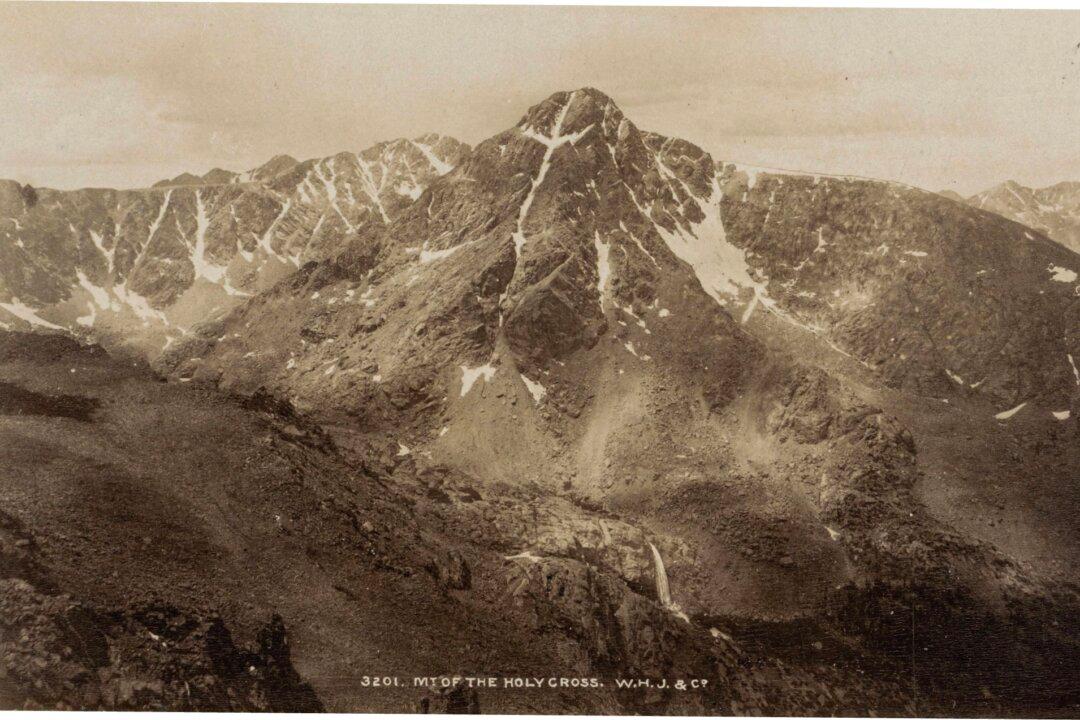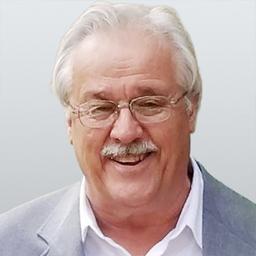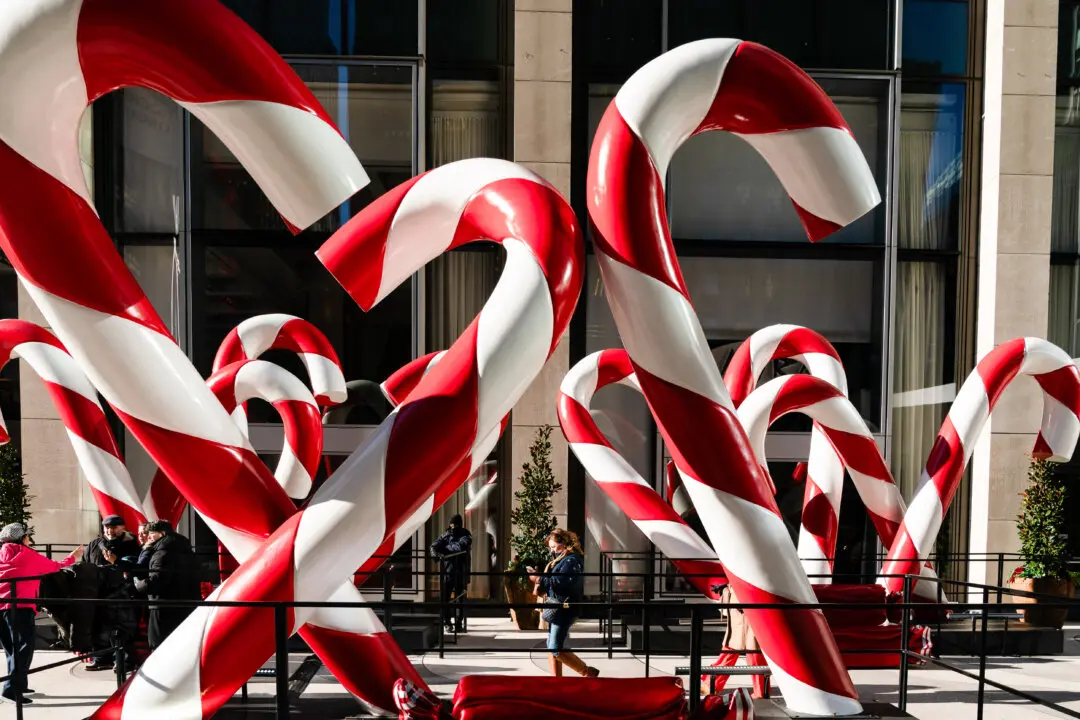When New York businessman George Jackson gave his son William Henry Jackson (1843–1942) a camera in the mid-1800s, photography was in its infancy. Neither father nor son knew how that gift would set the younger Jackson on a path to fame and fortune as one of America’s favorite landscape artists of the American West.
George provided the camera, but it was William’s mother Harriet, a talented painter, who taught William composition and style, instilling in him an appreciation of art.






